Dropping cloud top temperatures from NASA-NOAA’s Suomi NPP satellite indicated Hurricane Lorenzo was getting stronger in the North Atlantic Ocean. The Visible Infrared Imaging Radiometer Suite (VIIRS) instrument aboard Suomi NPP provided an infrared image of the storm. Infrared imagery…
Tag: Climate Change
Can going nuclear combat climate change?
To mitigate climate change, the proportion of low-carbon electricity generation must increase from today’s 36% to 85% by 2040, the International Energy Agency (IEA) says. IEA and other advocates argue that nuclear power could help fill this gap. However, barriers…
The pressure to take action is enormous
Bremerhaven/Germany, 25 September 2019. Today, in Monaco, the IPCC will present its new Special Report on the ocean and the Earth’s frozen regions. The report summarises observations of and projections on climate-based changes to ecosystems in the ocean, coastal, polar…
KIT participates in the construction of national climate research infrastructure
BMBF publishes list of priorities for the National Roadmap of Rresearch Infrastructures — KIT participates in ACTRIS-D project
Aerosols from coniferous forests no longer cool the climate as much
Emissions of greenhouse gases have a warming effect on the climate, whereas small airborne particles in the atmosphere, aerosols, act as a cooling mechanism. That is the received wisdom in any case. However, new research from Lund University in Sweden…
West Africa: human-induced air pollution is higher than expected
Emissions of volatile organic pollutants in West Africa are 100 to 150 times higher than current estimates for the region, according to a study by researchers from the CNRS and Université Clermont-Auvergne[1], in collaboration with the Institut Mines Télécom Lille-Douai…
Bee biodiversity barometer on Fiji
New species described as environment changes
Marine Regions Forum: Sept. 30 to Oct. 2, 2019, Berlin, Germany
Achieving a healthy ocean — Regional ocean governance beyond 2020
Exploring the future of coal power in water scarce Asia
Many aspects of modern energy systems necessitate access to reliable water resources. The findings of a new study involving IIASA researchers shows that Developing Asia’s long-term electricity generation plans – which relies heavily on coal power generation – could be…
New AI app predicts climate change stress for farmers in Africa
Researchers will unveil their app for climate-smart agriculture to coincide with the UN Climate Action Summit
Why are mountains so high?
Over millions of years, Earth’s summits and valleys have moved and shifted, resulting in the dramatic landscapes of peaks and shadows we know today. Mountains often form when pressure under Earth’s surface pushes upward, yet many factors impact their ultimate…
New report deepens understanding of wind-wildlife interactions
The Ecological Society of America (ESA) announces the publication of a new report , “Impacts to Wildlife of Wind Energy Siting and Operation in the United States,” in ESA’s Issues in Ecology publication. An increase in the generation of wind…
UN Climate Action Summit opens opportunities for action on infectious disease impacts
As government, business, and community leaders from around the world gather in New York today for the United Nations Secretary-General’s Climate Action Summit, attention to the immediate and international threats posed by climate change to human health will be critical…
Expert on youth/teens and environmental activism is available for analysis on global youth climate protest
Connie Flanagan, a professor in the School of Human Ecology at the University of Wisconsin-Madison, is available to talk about the global youth climate protest movement. Flanagan says, “The climate crisis is arguably the biggest global political challenge facing younger generations…

Junco expert available to discuss precipitous decline in North American birds
On Sept. 19, the journal Science reported that North America’s birds are disappearing from the skies at a shocking rate, with an estimated 3 billion birds lost since 1970. Ellen Ketterson, a distinguished professor of biology at Indiana University and…
University of California, Irvine scientists available to speak about the impact of climate change on human health and wildfires
James Randerson, Chancellor’s Professor of Earth System Science at the University of California, Irvine, is a senior researcher on the impact of climate change on the ecology, particularly with regard to wildfires in important forest ecosystems. He was a senior…

Study shows warming Arctic temperatures contributing to North American heat waves
The research team is comprised of Tom Ballinger, Assistant Professor in the Department of Geography at Texas State University, Dagmar Budikova, Department of Geography, Geology and the Environment, Illinois State University, and Trent W. Ford, Department of Geography and Environmental…
Climate change study finds that maple syrup season may come earlier
Once winter nights dip below freezing and the days warm up above freezing sap begins to flow in sugar maples marking the start of the syrup season. U.S. maple syrup production is a global industry, which has been increasing by…
Academic team to be frozen in Arctic ice for historic polar expedition
Sea ice and snow cover experts support global climate study
This evening sees the start of MOSAiC
This Evening Sees the Start of MOSAiC – the Greatest Arctic Research Expedition of All Time Frozen in the Arctic sea ice, scientists from 17 nations will investigate the epicentre of climate change on board the research icebreaker Polarstern for…
Weathering Antarctic storms — Weather balloon data boost forecasting skill
Observational data from radiosondes deployed in Antarctica improve the forecasting accuracy for severe Antarctic cyclones, according to a Japanese research team led by the Kitami Institute of Technology, Hokkaido, Japan. In parts of the Earth that are very sparsely populated,…
Investing in climate change is good business
An internationally respected group of scientists is calling on world leaders to urgently accelerate efforts to tackle climate change. Almost every aspect of the environment and ecology is changing in response to global warming. Some of these changes will be…
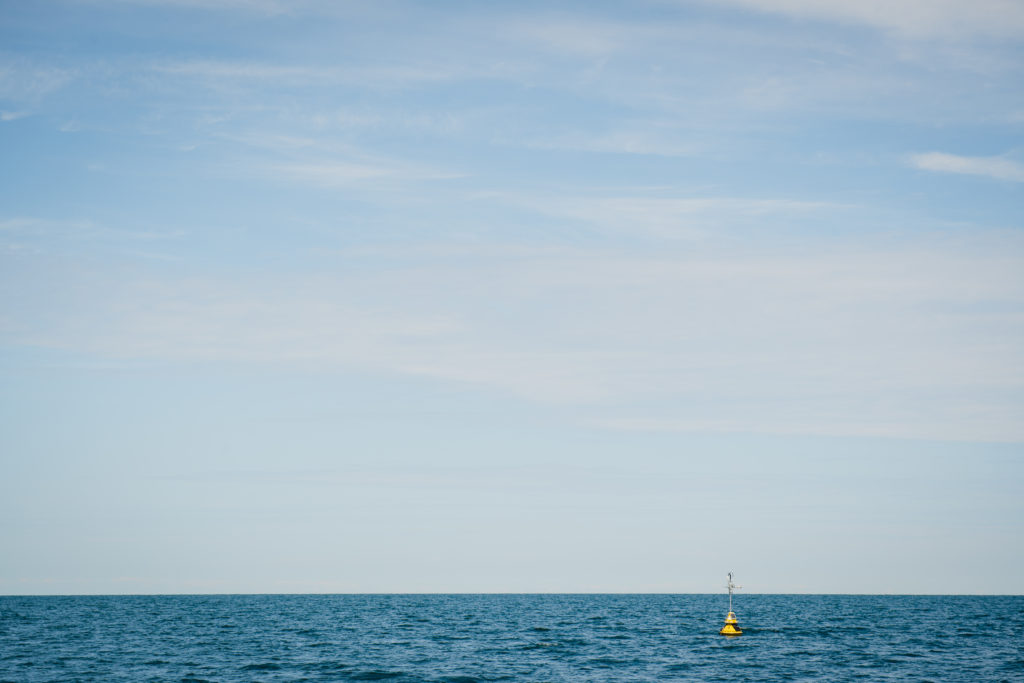
Mechanism Modeling for Better Forecasts, Climate Predictions
Modeling currents together with wind and waves provides more accurate predictions for weather forecasts and climate scientists.
Climate protection and clean air: An integrated approach
Recommendations for boosting Paris Agreement and SDGs
Cutting emissions gradually will avert sudden jump in warming
Study dispels fears that cutting fossil fuel emissions aggressively would backfire and cause unintended temperature spike
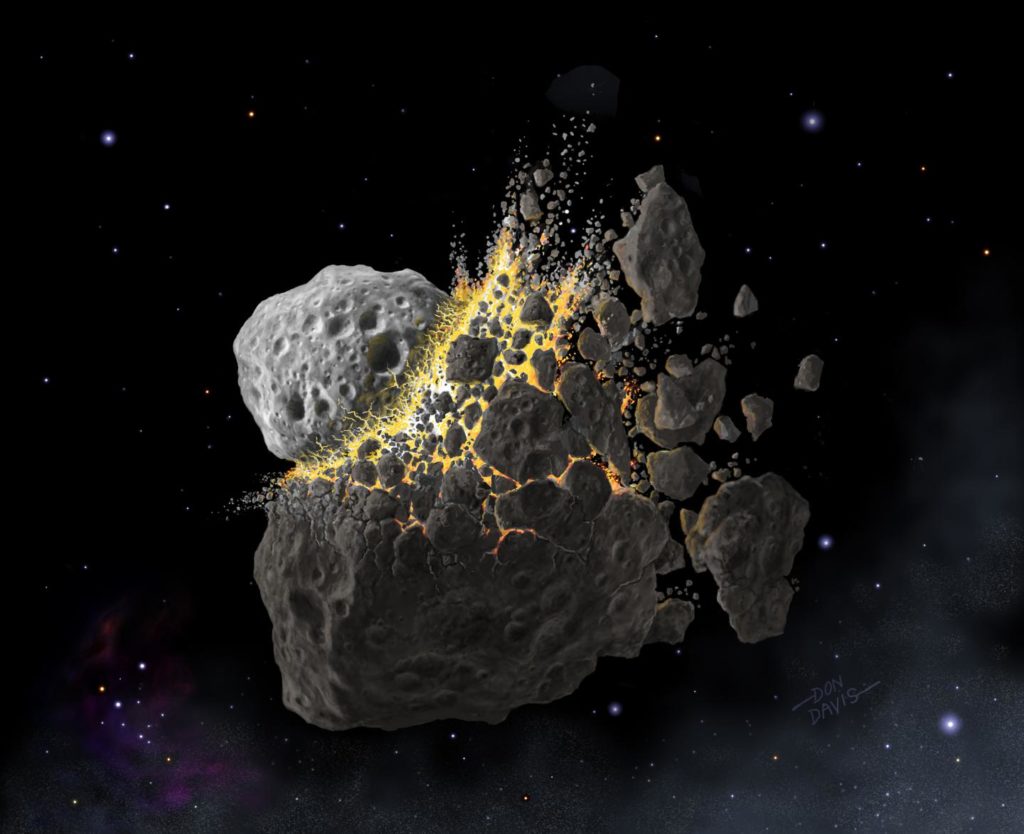
Dust from a giant asteroid crash caused an ancient ice age
About 466 million years ago, long before the age of the dinosaurs, the Earth froze. The seas began to ice over at the Earth’s poles, and the new range of temperatures around the planet set the stage for a boom…
Shifting the focus of climate-change strategies may benefit younger generations
Strategies to limit climate change that focus on warming in the next couple of decades would leave less of a burden for future generations. Research led by Imperial College London and the International Institute for Applied Systems Analysis (IIASA), Austria,…
Rethinking scenario logic for climate policy
Current scenarios used to inform climate policy have a weakness in that they typically focus on reaching specific climate goals in 2100 – an approach which may encourage risky pathways that could have long-term negative effects. A new IIASA-led study…
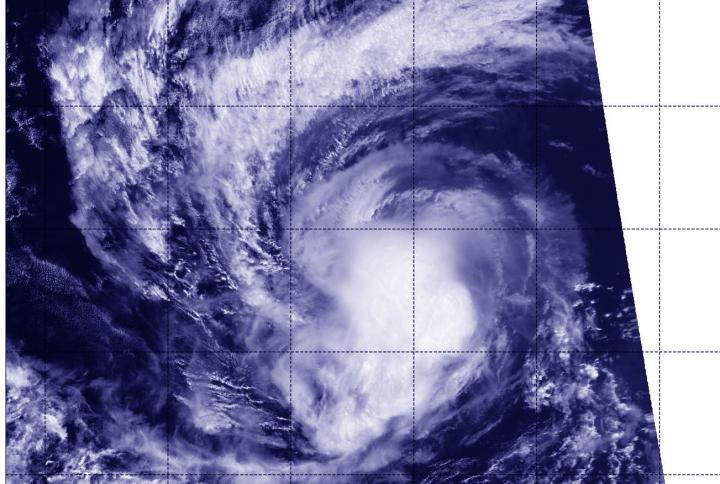
NASA-NOAA satellite catches Hurricane Kiko at night
Hurricane Kiko continued to track west through the Eastern Pacific Ocean when NASA-NOAA’s Suomi NPP satellite passed overhead and provided a view of the storm. Satellite imagery revealed an elongated shape, which indicated wind shear was still affecting Kiko. The…
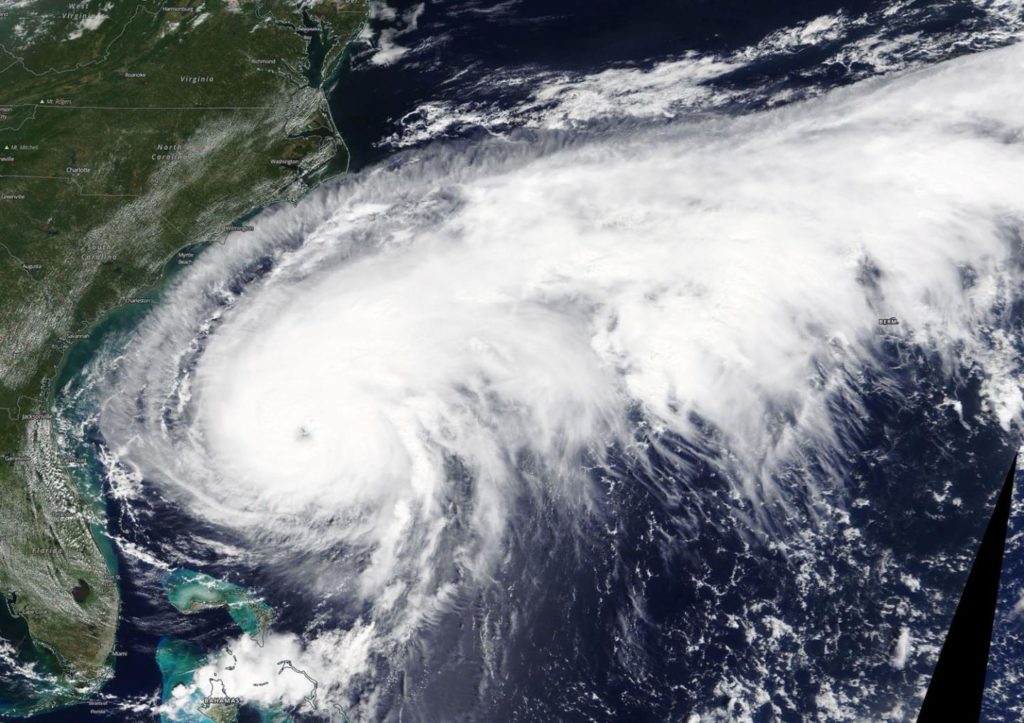
NASA satellite provides a view of a large hurricane Humberto
NASA’s Terra Satellite provided a visible image of Hurricane Humberto when it was off the coast of the Carolinas and slowly moving north. The satellite image revealed that Humberto is a very large storm. On Sept. 16, the Moderate Imaging…
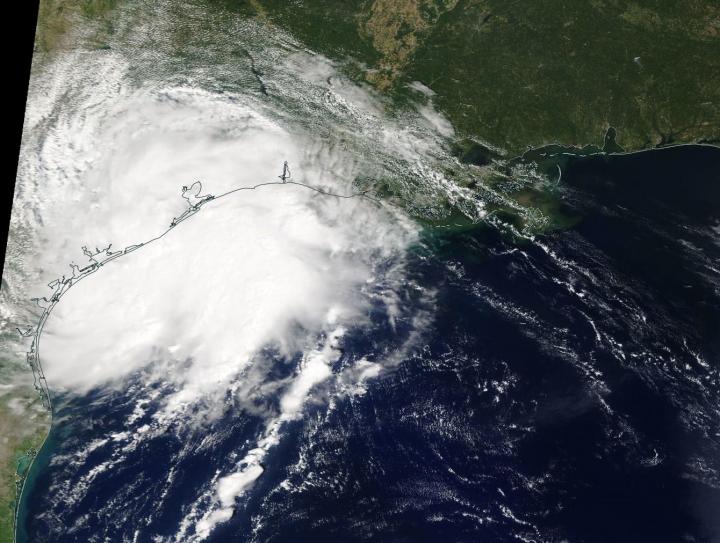
NASA’s Terra Satellite sees the birth of Tropical Storm Imelda
NASA’s Terra satellite passed over the western Gulf of Mexico during the early afternoon of Sept. 17 and captured a visible image of the newly formed Tropical Depression 11. The eleventh tropical depression developed during the late morning of Sept.…
UM study abroad students fuel understanding of gaps in conservation data
MISSOULA – Animals around the globe face rising extinction rates, but there is often a lack of data about the causes of population declines, as well as ecological and biological considerations for conservation. For example, the International Union for the…
Shark pups lose gains in stressed environments
A prominent JCU shark researcher is part of an international team that found shark babies can’t reach their physical peak if they’re born into environments degraded by human-induced stressors, including climate change. Dr Jodie Rummer from the ARC Centre of…
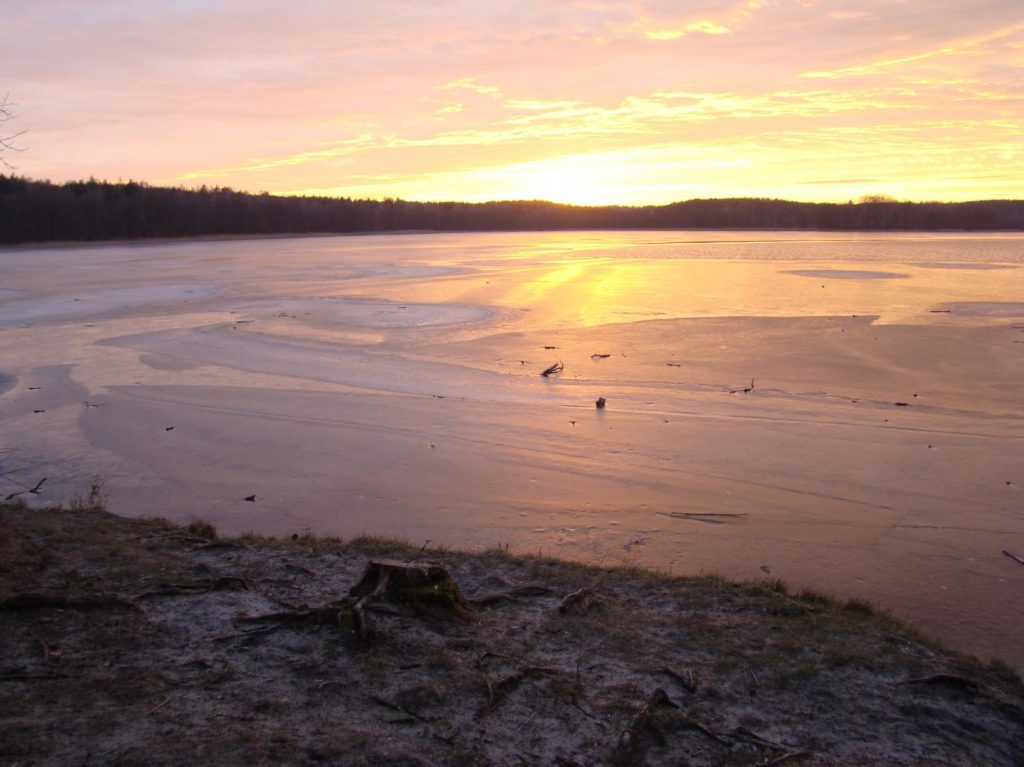
Researchers see need for action on forest fire risk
New statistical approach: changes in forest fires in the 19th and 20th centuries were man-made
Global warming makes it harder for birds to mate, study finds
New research led by the University of East Anglia (UEA) and University of Porto (CIBIO-InBIO) shows how global warming could reduce the mating activity and success of grassland birds. The study examined the threatened grassland bird Tetrax tetrax, or little…
Peatlands trap CO2, even during droughts
Although peatlands make up only 3% of the Earth’s surface, they store one third of the soil carbon trapped in soils globally. Preserving peatlands is therefore of paramount importance for mitigating climate change, provided that these vulnerable environments are not…
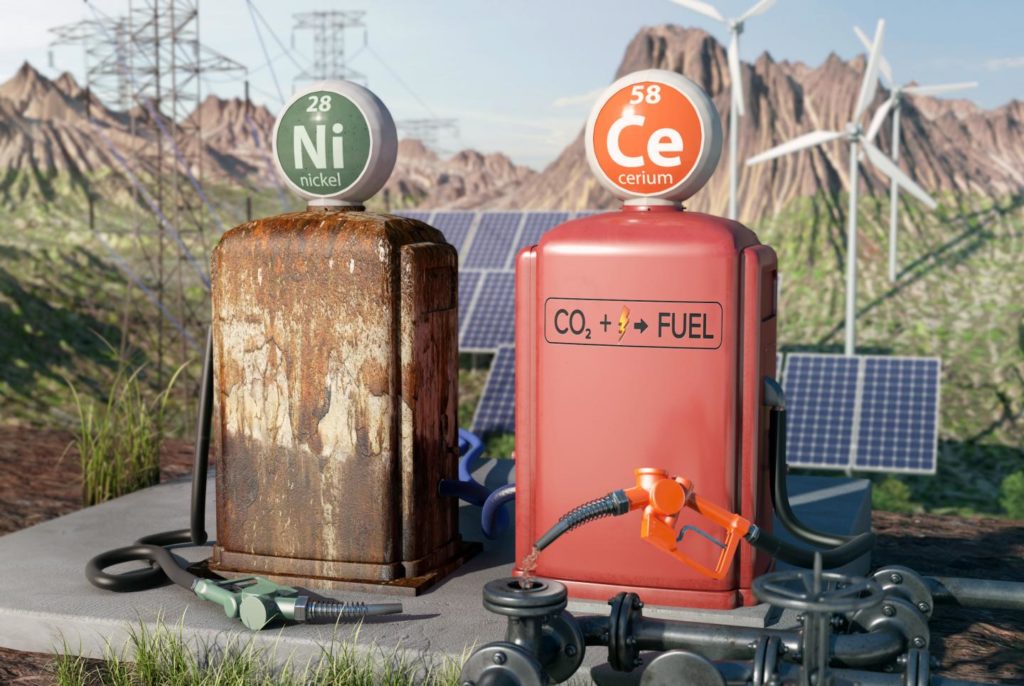
New route to carbon-neutral fuels from carbon dioxide discovered by Stanford-DTU team
If the idea of flying on battery-powered commercial jets makes you nervous, you can relax a little. Researchers have discovered a practical starting point for converting carbon dioxide into sustainable liquid fuels, including fuels for heavier modes of transportation that…
Harnessing tomato jumping genes could help speed-breed drought-resistant crops
Researchers from the University of Cambridge’s Sainsbury Laboratory (SLCU) and Department of Plant Sciences have discovered that drought stress triggers the activity of a family of jumping genes (Rider retrotransposons) previously known to contribute to fruit shape and colour in…
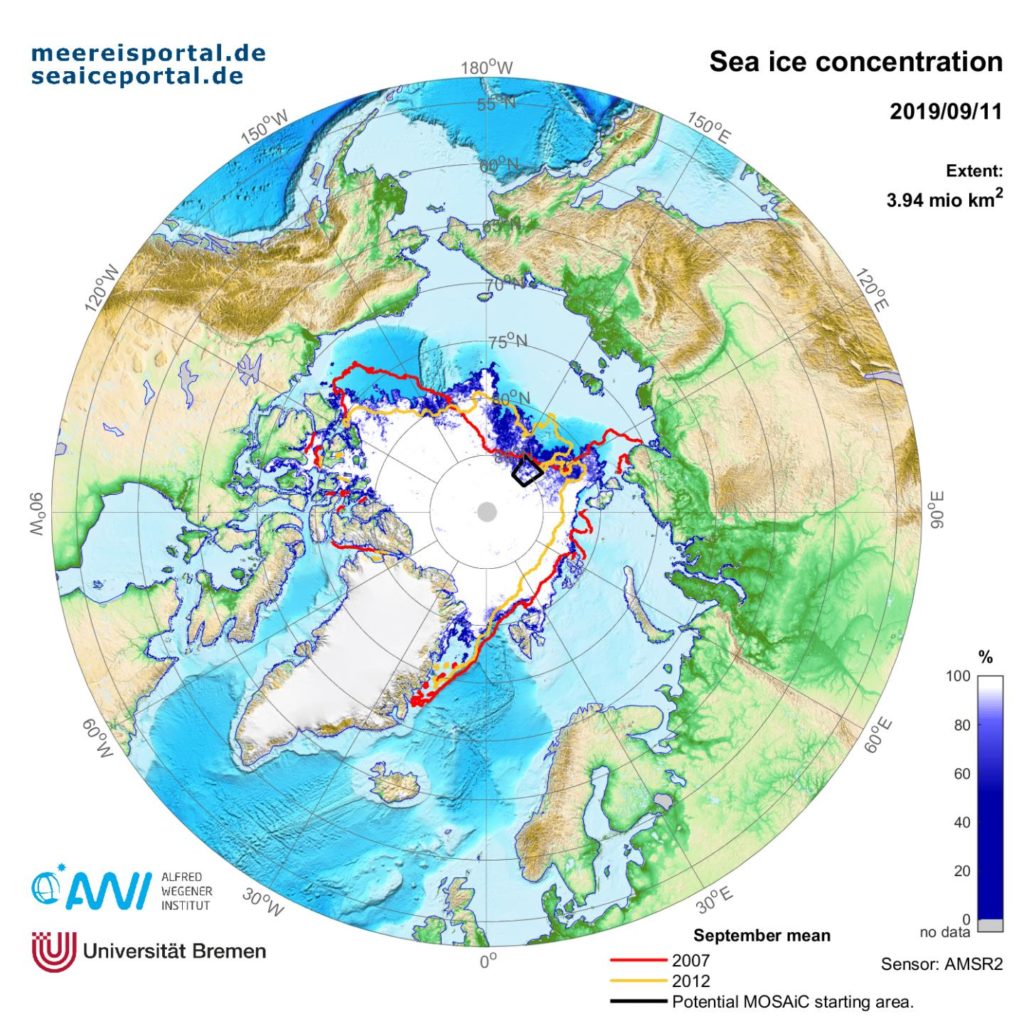
Low sea-ice cover in the Arctic
Second-lowest September minimum since observations began
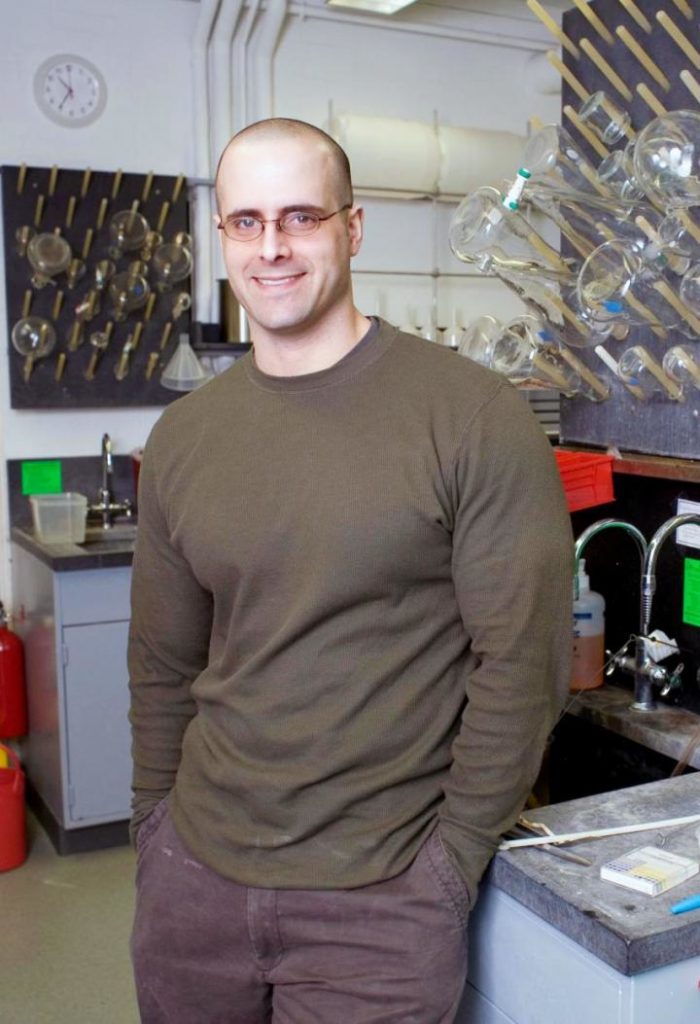
Big game hunting for a more versatile catalyst
The newly discovered architecture of a copper-nitrenoid complex could revolutionize chemical synthes
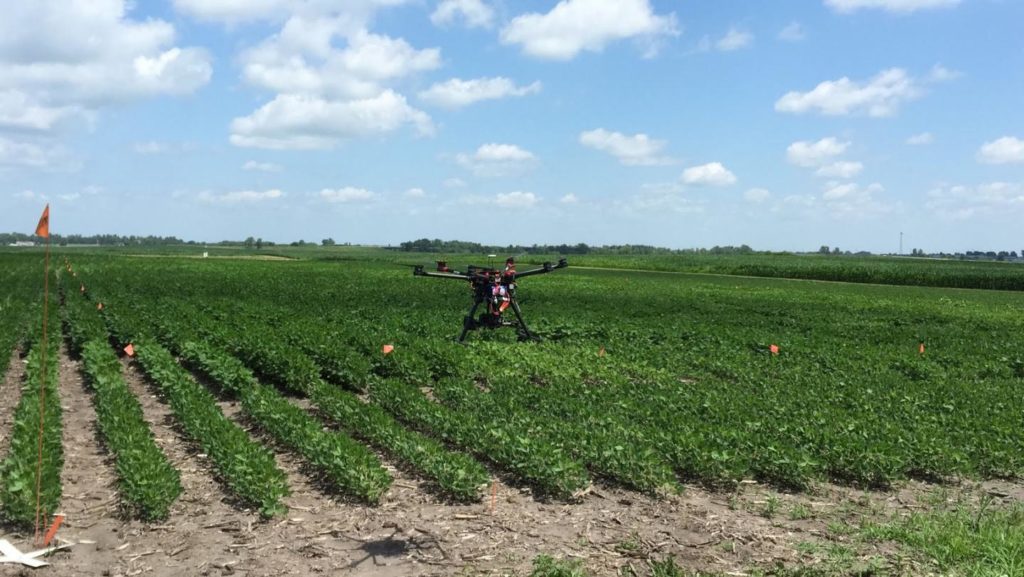
Machine learning in agriculture: scientists are teaching computers to diagnose soybean stress
AMES, Iowa – Iowa State University scientists are working toward a future in which farmers can use unmanned aircraft to spot, and even predict, disease and stress in their crops. Their vision relies on machine learning, an automated process in…
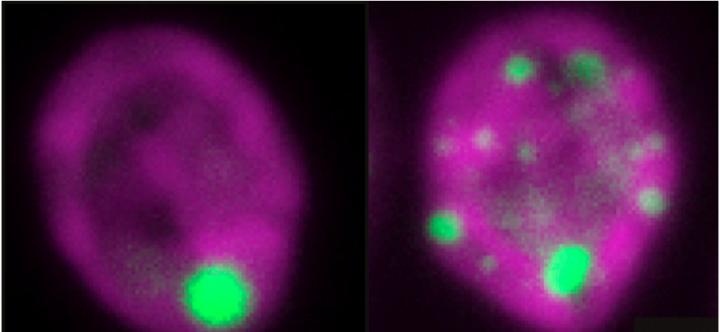
Princeton researchers explore how a carbon-fixing organelle forms via phase separation
A new study yields insights into how an organelle called the pyrenoid, which helps algae remove carb
All on the table
Researchers call for a more comprehensive assessment of the global food system
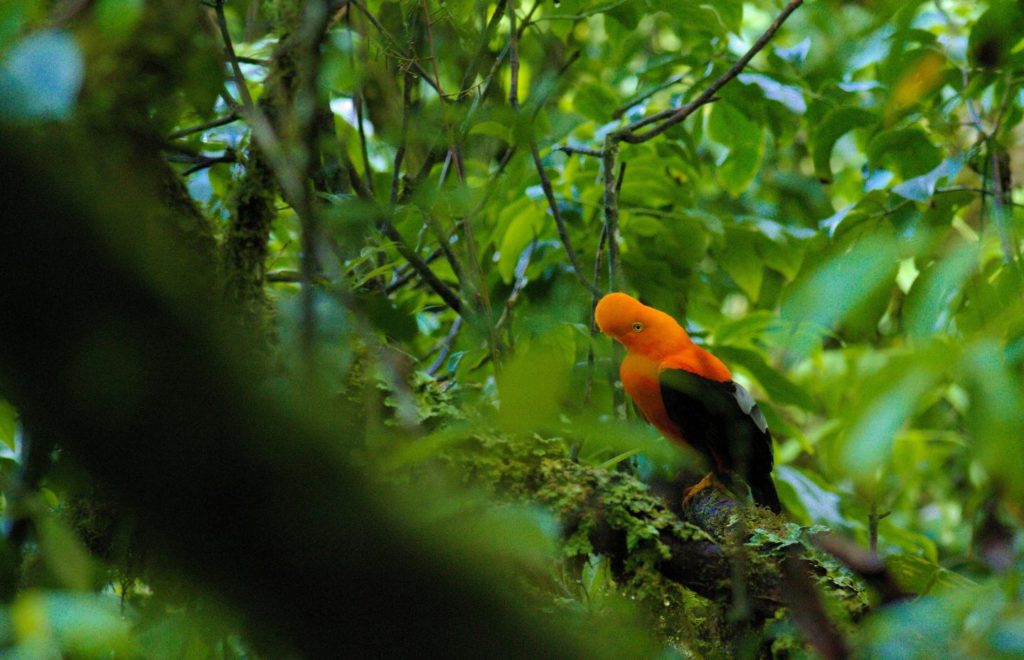
Why is Earth so biologically diverse? Mountains hold the answer
What determines global patterns of biodiversity has been a puzzle for scientists since the days of von Humboldt, Darwin, and Wallace. Yet, despite two centuries of research, this question remains unanswered. The global pattern of mountain biodiversity, and the extraordinarily…
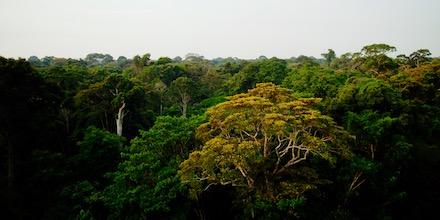
Satellite study of Amazon rainforest land cover gives insight into 2019 fires
LAWRENCE — Throughout August and early September 2019, media around the world have reported on the extensive forest fires ravaging Brazil’s Amazon rainforest. Much of the concern stems from the Amazon’s significance to regulating the world’s climate. According to the…

‘Fire inversions’ lock smoke in valleys
Research shows why fire inversions happen and offers new air quality prediction tools
Study offers verdict for China’s efforts on coal emissions
Researchers from China, France and the USA have evaluated China’s success in stemming emissions from its coal-fired power plants (CPPs). CPPs are one of the main contributors to air pollution in China, and their proliferation over the last 20 years…
As forests burn
Network of leading forest restoration experts features new website with latest research on drivers a

Climate change in the Southern Hemisphere
Ozone hole, fires in the Amazon, and gravity waves are focus of German research aircraft HALO
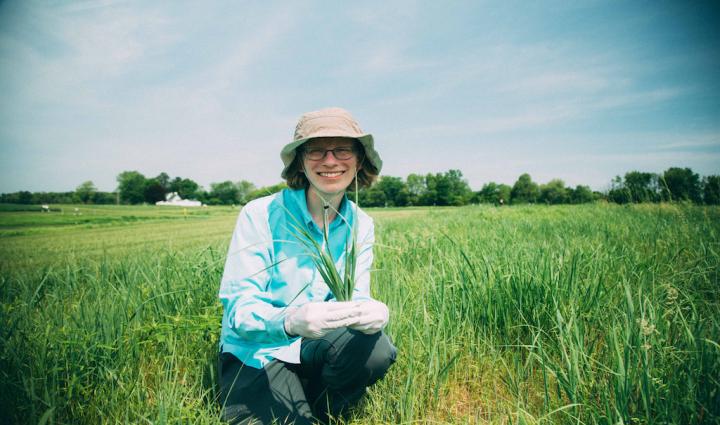
Finding (microbial) pillars of the bioenergy community
EAST LANSING, Mich. – Stems, leaves, flowers and fruits make up the biggest chunk of potential living space for microbes in the environment, but ecologists still don’t know a lot about how the microorganisms that reside there establish and maintain…